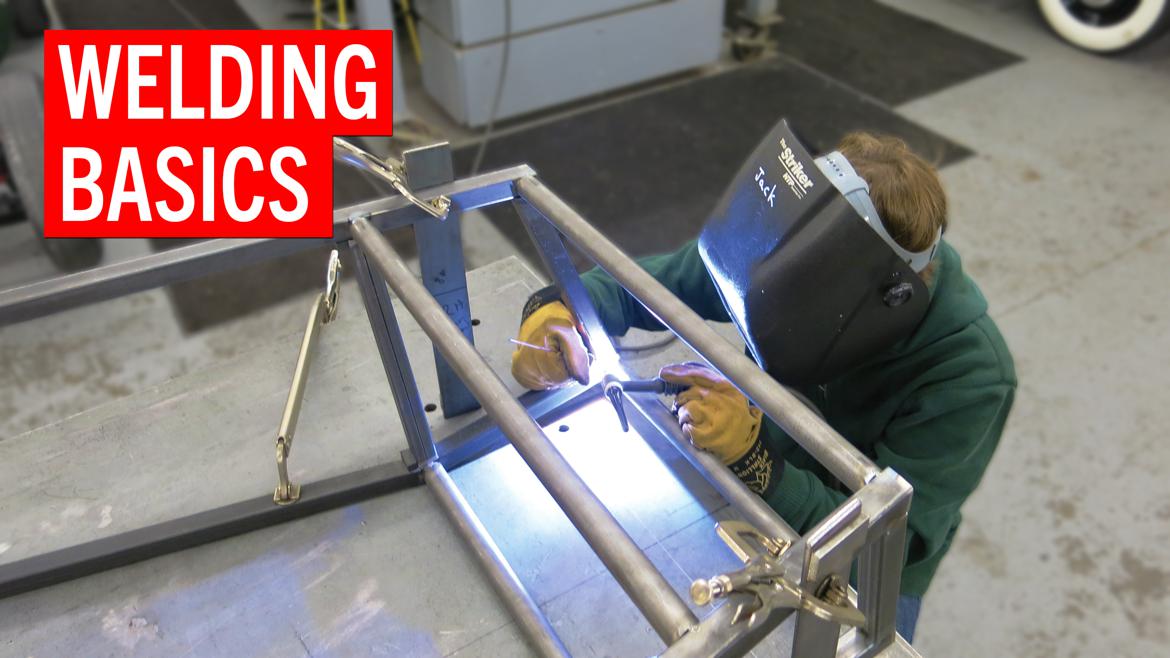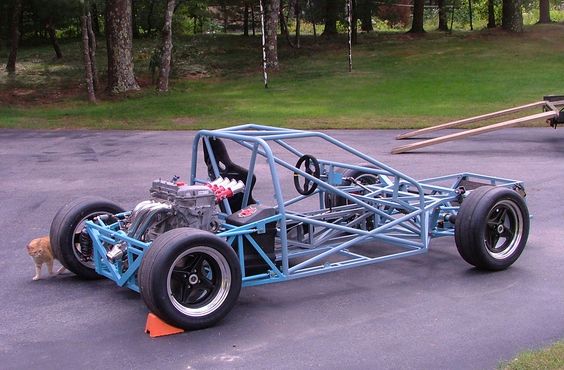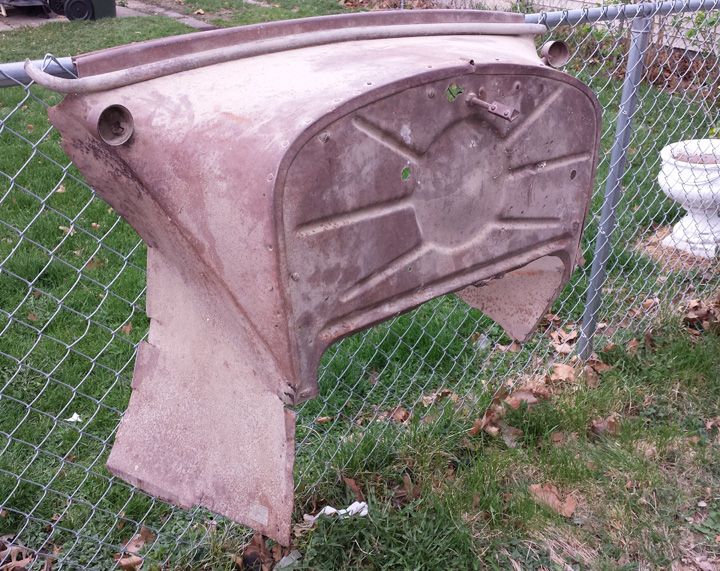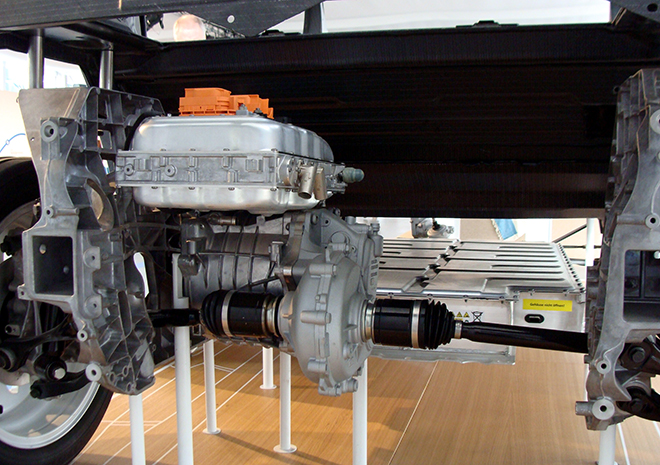So early this year as the bulk of the work on my Toyota wrapped up, I started thinking about what my next project would be. This next car will be built over 15-20 years and will be the last performance car I own, the budget will be $30-$40k. This will actually be the second car I've set out to design, the first was a tube-framed mid-engined twin-turbo rotary supercar I was designing when I was a teenager...yeah that would've lasted real long and was totally affordable ![]() There were quite a few other questionable design choices made. It was rollin' on twennies because I wanted that concept car look, and the roof height wasn't much more than a Ford GT40's. But anyway, that's getting off-topic. I hardly shared that design with anyone but I will share this one.
There were quite a few other questionable design choices made. It was rollin' on twennies because I wanted that concept car look, and the roof height wasn't much more than a Ford GT40's. But anyway, that's getting off-topic. I hardly shared that design with anyone but I will share this one.
I won't even start work on this project within the next 5 years for sure. Hopefully I'll have it finished well before human-driven cars have to putter on the soft shoulder with a Slow Moving Vehicle sign on the back.
Overall concept:
It's going to be a track-oriented midrange 2-seater sports car. Design philosophy like the NASA/Elan NP01, styling like something between an AW11 MR2 and an Aston Martin Vulcan. There will be pop-up lights ![]()
Specs I've worked out so far:
Chassis: Spaceframe, total weight target under 2700lbs. Fairly small car. Rear-midship lateral layout (like an Evora). I'll try to make the chassis meet as many cage requirements as practical.
Wheels: 18x12, 315/30/18 tires. 18s are the most popular diameter for performance tires and will likely increase in popularity. I like wide wheels and I cannot lie, I considered 18x14 but the selection in that size is terrible and probably won't improve much.
Suspension: SLA w/ pushrods, center-linked heave spring & damper & mini sway bars. Would like FRICS, but there's a budget.
(So far very similar to that last design, except it was a mid-longitudinal car with slightly less fancy suspension)
Engine:...or I should say motor ![]() 400~600hp via dual electric motors, ideally AC induction type. A Tesla S rear motor pair would work just fine. For the record I chose this back when I thought me and the 4AGE would live happily ever after, but if I hadn't, my new ICE suddenly ruining itself could've made the decision for me.
400~600hp via dual electric motors, ideally AC induction type. A Tesla S rear motor pair would work just fine. For the record I chose this back when I thought me and the 4AGE would live happily ever after, but if I hadn't, my new ICE suddenly ruining itself could've made the decision for me.
Battery: To be intentionally chosen as late as possible, controllers chosen to suit, but I plan to use OTS or junkyard parts, preferably with distributed battery management modules. Two packs, stuck low down against the front and rear firewalls. Will have a minimum number of spare modules that can be brought online in case of a failure or as an emergency reserve. Solar panels under front & rear glass for idle climate control & trickle charge. Maybe also a supercapacitor to improve efficiency. There will be room for an APU/range extender but it probably wouldn't be very useful. If I had to choose a battery right now I'd use the same LiNiMnCo cells used in the e-Golf.
Drivetrain: Combining gearbox going into a 4~6spd lateral dogbox transaxle with helical diff, custom sequential shift system, straight cut gears for strength and sound ![]() No reverse gear necessary. There is a weight and reliability penalty for using an actual gearbox instead of just running the electric motors into a diff (or even straight into the axles), but it should pay off in performance and will pay off in fun! No clutch. It will work sort of like a pneumatic sequential shift system with spark cut & throttle blip does in an ICE. A computer will control the motor speed and power application to allow for flat shifts controlled by paddles. Electric actuation if possible. Finding a gearbox to start with looks like it could be the hardest parts-sourcing job involved. Plenty of longitudinal racing gearboxes could do the job, but I don't want the power to turn 90deg for no reason, that's a waste of power and space. Considering some kind of compact front motor setup. It will be hard to keep up without AWD in the future, but I want to keep weight and complexity down, and I especially want to keep parts under the front of the car to a minimum.
No reverse gear necessary. There is a weight and reliability penalty for using an actual gearbox instead of just running the electric motors into a diff (or even straight into the axles), but it should pay off in performance and will pay off in fun! No clutch. It will work sort of like a pneumatic sequential shift system with spark cut & throttle blip does in an ICE. A computer will control the motor speed and power application to allow for flat shifts controlled by paddles. Electric actuation if possible. Finding a gearbox to start with looks like it could be the hardest parts-sourcing job involved. Plenty of longitudinal racing gearboxes could do the job, but I don't want the power to turn 90deg for no reason, that's a waste of power and space. Considering some kind of compact front motor setup. It will be hard to keep up without AWD in the future, but I want to keep weight and complexity down, and I especially want to keep parts under the front of the car to a minimum.
Brakes: Plain-jane iron vented discs, same all-around for cheapness, dual MC hydraulic system, hydraulic handbrake setup for the lolz. Plus computer-controlled regen braking with auxiliary load dump resistor bank (can be used to increase regen braking force, or give you some if the battery is full). Maybe an ABS system.
Cooling system: Battery type affects cooling system type which affects packaging greatly, but there will be a ton of space in the rear of the car for batteries. The trouble will come with using (actual) air cooling or worse yet direct refrigerant cooling on the front pack...that could take up a lot of space where there won't be much available. A non-cooled battery pack (often rather misleadingly called "air-cooled" such as on the Leaf, where the pack is a fully sealed metal box!) is the best wherever you can use it, but it may not be possible depending on battery type and pack size. Liquid cooling is almost as compact but is complicated, expensive and heavy. Air cooling takes up a lot of space and some energy but is cheap and simple. Direct refrigerant cooling is like air cooling but more complicated and draws a lot of energy...basically you're air-conditioning the inside of the battery packs. So non-cooled (unlikely) or air-cooled would be best.
Aero: Flat bottom with splitter & big diffuser, retractable canards, active spoiler.
Interior/entertainment: Plain-jane race car stuff other than a custom digital dash and a Noble-style dual-harness system. The car is a dumb platform that I can bolt new technologies onto, I'm not integrating anything more tightly than necessary. Very different from that last design.
Body: Wet CF panels and coated lexan windows. Body panels will be somewhat minimalistic and it will have plain-jane doors that open outwards, a removable hardtop panel like an Elise, and a window into the guts through the back glass. I'll take some inspiration from PC case modding to show off the controllers' innards through there.
And that's it, comments are appreciated but there might not be any updates for a year or two ![]() Next steps are concept sketches and laying things out in a solid modeling program.
Next steps are concept sketches and laying things out in a solid modeling program.









































